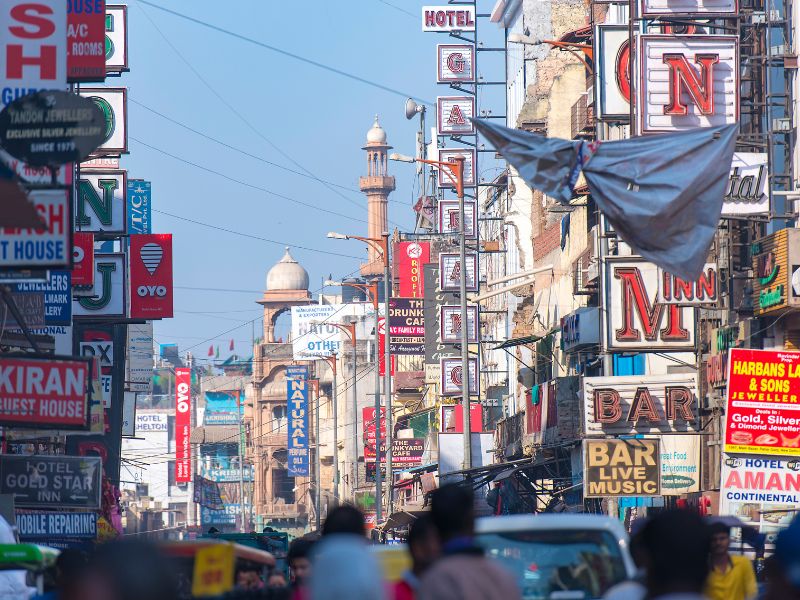
Extreme Heatwave in New Delhi
Record Heat in New Delhi
At this moment, the city of New Delhi is experiencing an exceptional drought, with temperatures reaching increasingly higher records month by month. Since the beginning of May, maximum temperatures have been steadily rising at the Mungeshpur weather station, reaching 52.3 degrees Celsius. This peak has raised alarm and shown severe consequences for public health. The situation is particularly critical for children, the elderly, and people working outdoors.
Health Risks and Physical Impacts
Exposure to such high temperatures can lead to heat strokes, heat exhaustion, and dehydration. Record heat can be extremely dangerous for those with pre-existing medical conditions such as heart disease, respiratory issues, or epilepsy. According to Dr. Niveditha Alok Swamy, a heat stroke can result in a body temperature above 40 degrees Celsius, leading to confusion, seizures, multi-organ failure, and even death.
Potential Disasters and Social Impact
Heatwaves not only affect individual health but can also have serious consequences on a larger scale. As temperatures rise, water scarcity worsens life in already vulnerable areas. In many parts of New Delhi, water supply is limited or even absent at times. Additionally, high temperatures in agriculture can cause severe damage, reduce crop maturity, and increase food insecurity.
Adaptation and Prevention Measures
To address these harmful effects caused by the heatwave, adaptation measures and precautions are necessary, such as making New Delhi more “green” and sustainable, thereby limiting the environmental damage. Yet, broader awareness among the population is vital: avoiding direct exposure to sunlight during the hottest times, wearing light and breathable fabrics, and maintaining proper hydration are essential practices.
For heatwaves in New Delhi, cooperation is necessary both to address climate change and protect public health. If temperatures continue to rise, emergency forces must be prepared to address the emergency. Collaboration among institutions, communities, and individuals will be crucial to respond to the challenges posed by global warming and ensure the safety and well-being of the population.
Sources


